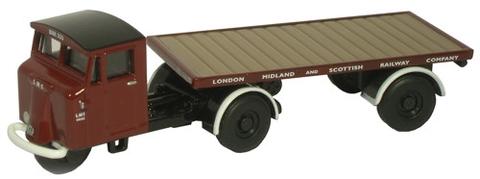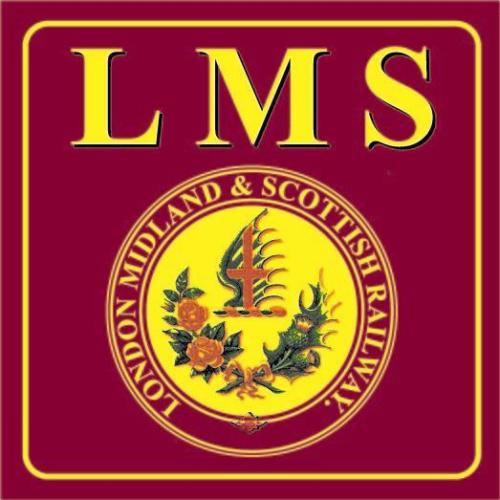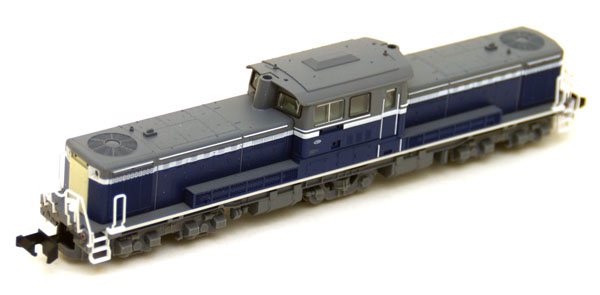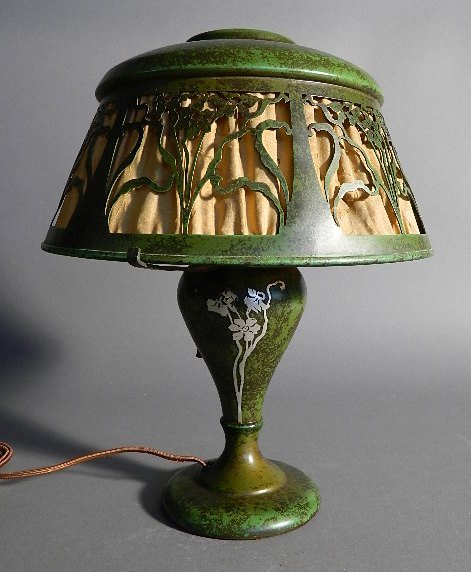Specific Item Information: The Mechanical Horse was a very simple and sturdy vehicle constructed on a steel channel frame with a cab made of wood, the early versions having canvas doors. It came in two sizes, capable of carrying loads of 3-ton and six ton. The vehicles were very manoeuvrable and had a road speed of about 20 mph and could do between 10 and 20 mpg.
Road Name History: The London, Midland and Scottish Railway (LMS) was a British railway company. It was formed on 1 January 1923 under the Railways Act of 1921, which required the grouping of over 120 separate railways into four. The companies merged into the LMS included the London and North Western Railway, Midland Railway, the Lancashire and Yorkshire Railway (which had previously merged with the London and North Western Railway on 1 January 1922), several Scottish railway companies (including the Caledonian Railway), and numerous other, smaller ventures.
The resulting company was an unwieldy construction, with numerous interests other than railway operation. Besides being the world's largest transport organisation, it was also the largest commercial enterprise in the British Empire and the United Kingdom's second largest employer, after the Post Office. The LMS also claimed to be the largest joint stock organisation in the world.
In 1938, the LMS operated 6,870 miles (11,056 km) of railway (excluding its lines in Northern Ireland), but its profitability was generally disappointing, with a rate of return of only 2.7%. Under the Transport Act 1947, along with the other members of the "Big Four" British railway companies (GWR, LNER and SR), the LMS was nationalised on 1 January 1948, becoming part of the state-owned British Railways.
The LMS was the largest of the Big Four railway companies serving routes in England, Northern Ireland, Scotland and Wales.
From Wikipedia
The resulting company was an unwieldy construction, with numerous interests other than railway operation. Besides being the world's largest transport organisation, it was also the largest commercial enterprise in the British Empire and the United Kingdom's second largest employer, after the Post Office. The LMS also claimed to be the largest joint stock organisation in the world.
In 1938, the LMS operated 6,870 miles (11,056 km) of railway (excluding its lines in Northern Ireland), but its profitability was generally disappointing, with a rate of return of only 2.7%. Under the Transport Act 1947, along with the other members of the "Big Four" British railway companies (GWR, LNER and SR), the LMS was nationalised on 1 January 1948, becoming part of the state-owned British Railways.
The LMS was the largest of the Big Four railway companies serving routes in England, Northern Ireland, Scotland and Wales.
From Wikipedia
Manufacturer Information: Established in 1993, Oxford Diecast is a British Company that specializes in high-quality die-cast metal vehicles. Produced in various scales, the firm's models are marketed as collector items, gifts, and promotional products. Their largest production goes to OO scale (1:76) and in 2015 they introduced railway products under 'Oxford Rail' brand.
Their N-scale collection is using the 1:148 scale ratio as most British manufacturers.
Their N-scale collection is using the 1:148 scale ratio as most British manufacturers.
Item created by: CNW400 on 2020-04-08 11:04:08. Last edited by gdm on 2021-07-10 14:16:45
If you see errors or missing data in this entry, please feel free to log in and edit it. Anyone with a Gmail account can log in instantly.
If you see errors or missing data in this entry, please feel free to log in and edit it. Anyone with a Gmail account can log in instantly.










